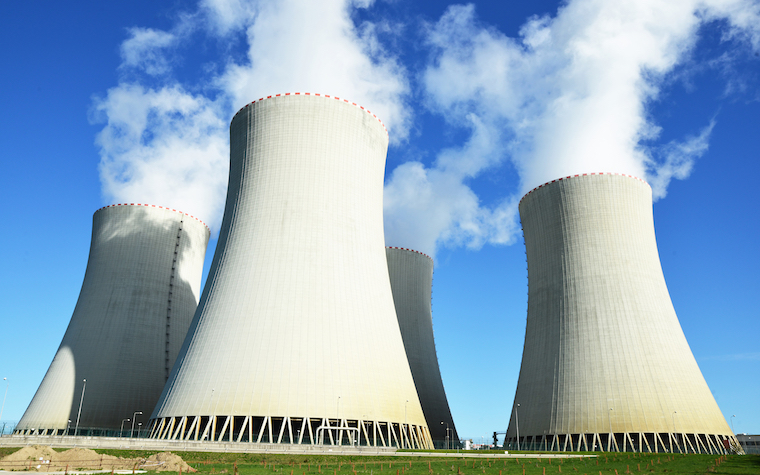The International Atomic Energy Agency (IAEA) this week explained in detail the auditing process in relation to verifying nuclear compliance.
Auditors with the IAEA analyze samples collected from nuclear facilities around the world to verify that reported uranium and plutonium inventories match up with what is actually present at facilities.
“Uranium and plutonium are the two main fissionable elements used for generating power in nuclear power reactors, but are also the fissionable elements most commonly used in producing a nuclear weapon,” IAEA Nuclear Material Laboratory Director Steven Balsley said. “We’re most interested in keeping a very close eye on where the fissionable isotopes of those two elements are moving around in the nuclear fuel cycle.”
Samples are collected by safeguard inspectors utilizing swiping methods, and approximately 600 samples are evaluated on an annual basis at IAEA laboratories. Through the use of specialized equipment, auditors can determine the makeup and other characteristics of samples, and occasionally, these can be as small as a nanogram.
Mismatching numbers for reported and actual material is considered a defect, which come in three levels: gross, partial and bias defects. The first two are typically used to describe an entire unit of material that is unaccounted for and a large portion of a unit, which are typically noted by the inspector at the facility. The third kind is what the laboratories specialize in, as bias defects consist of trace amounts that can be lost over time, requiring the use of sensitive equipment.




 Alerts Sign-up
Alerts Sign-up